In the ongoing discourse surrounding artist royalties, prominent NFT minting platform Zora undertakes a courageous move to bolster creators by revising its revenue-sharing framework. Acknowledging the significance of equitable compensation for artists, the platform is actively striving to enhance their financial well-being.

Is The Zora NFT Platform The Solution To NFT Revival?
Zora’s platform charges collectors a flat minting fee of 0.000777 ETH (about $1.40) for each NFT minted. Nonetheless, from Thursday, a massive change is coming. Zora’s platform automatically divides the funds that are generated from its minting fees with developers.
This guarantees they get a bigger portion of the proceeds. The move is aimed at incentivizing more developers to display their projects on Zora. In turn, it also helps promote a vibrant and diverse creative community.
With the revised revenue distribution model, creators are guaranteed a minimum of 42% of earnings from complimentary mints, ensuring they profit from their endeavors even with free tokens. Additionally, the entirety of proceeds from paid mints will be allocated directly to creators, granting them full profit ownership.
Zora also acknowledges the role of developers in their ecosystem, extending compensation to those enhancing NFT drops through the platform’s protocol. This broadens the spectrum of beneficiaries within the contributor community.
Zora has been consistently enhancing its revenue structure, adapting to shifting perspectives on creator royalties. Before February, the platform applied a 5% charge to creators for every initial NFT sale made with their toolkit. However, it has since progressed. Zora subsequently eliminated listing and creation fees, understanding the importance of championing creators rather than encumbering them with supplementary expenses.
Many renowned creators, including Latasha and Bobby Kim, are releasing free mints on Zora in celebration of the platform’s fee updates.
Zora’s New Take On Royalties
The co-founder and COO of Zora, Dee Goens, insisted on the platform’s commitment to the creators’ welfare and acknowledged the challenge they encounter in the competitive world of Web3 and NFTs. The aim is to guarantee that creators are not unfairly taxed, but instead empowered to thrive in their creative pursuits.
Goens underscores that these modifications are geared towards amplifying Zora’s market influence, particularly in the face of prevailing platforms like OpenSea that cast a shadow over others. Through this, Zora shifts from an extractive framework to an expansive one, nurturing a more comprehensive and enduring environment for both creators and collectors.
The spotlight on creator royalties has increased in recent months. Platforms like Blur are adopting ‘royalty-optional’ models to cater to the fast-paced traders. Sadly, the shift causes tension between creators and platforms.
This fraction seems to Cause debates between the two parties about who bears the brunt of these changes. The issue was also compounded when Nansen reported a considerable drop in NFT royalty payments. It also shows a reluctance among the collectors to pay different optional fees.
In the wake of these challenges, Zora’s progressive approach remains outstanding functioning as a promising step towards a highly equitable and thriving NFT marketplace. Such moves eventually benefit the creators who power its vibrant ecosystem.

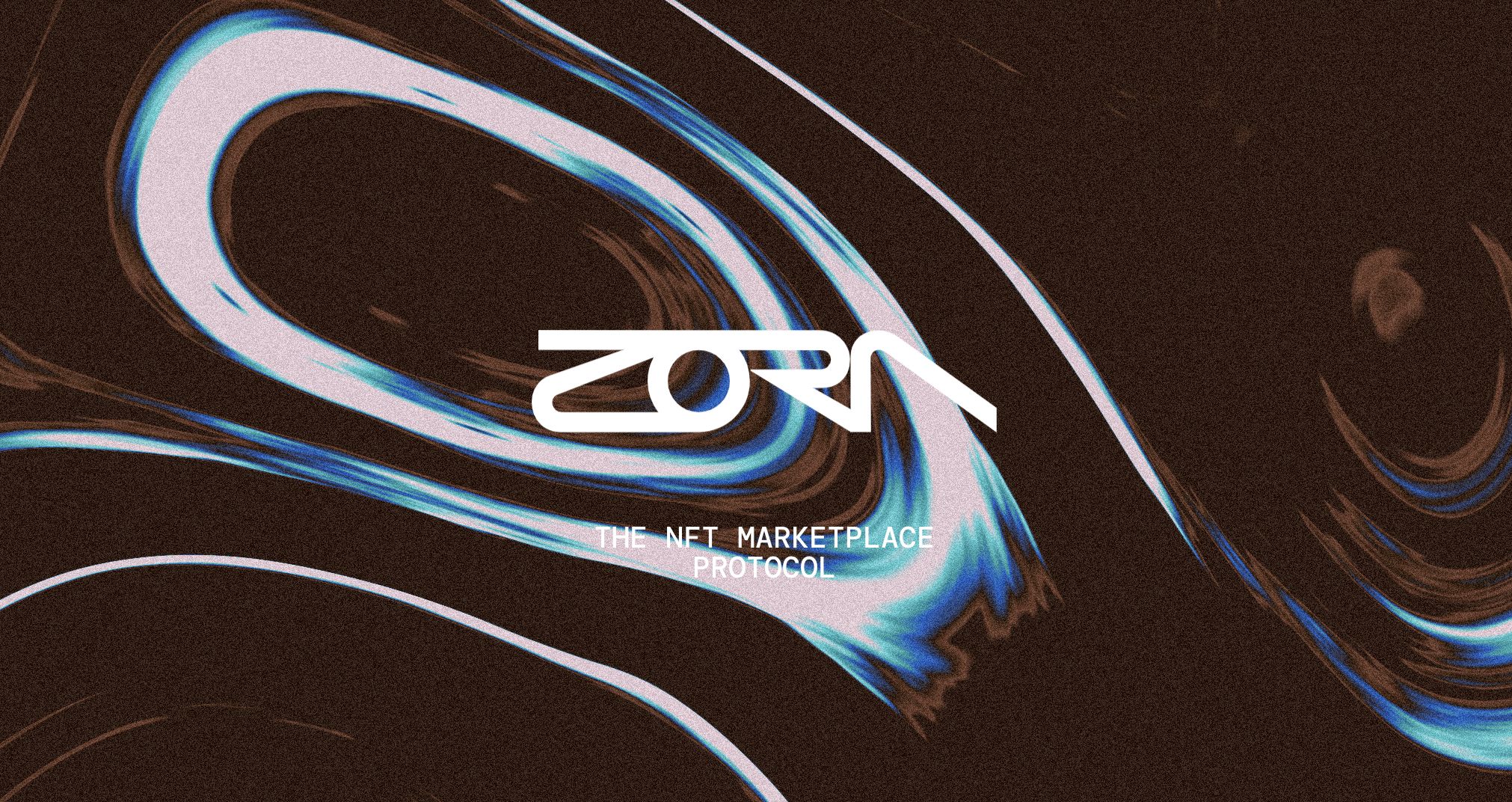
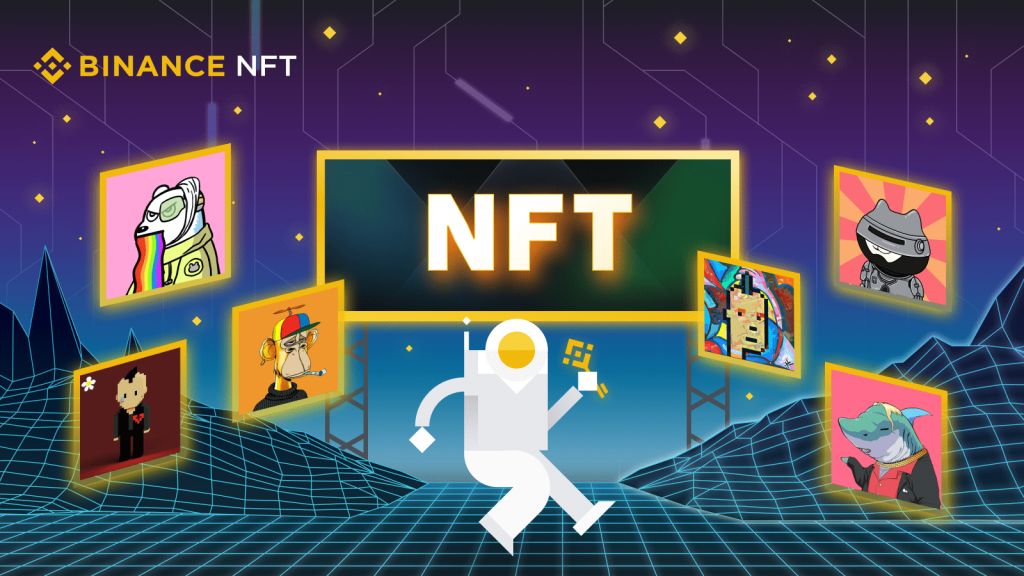
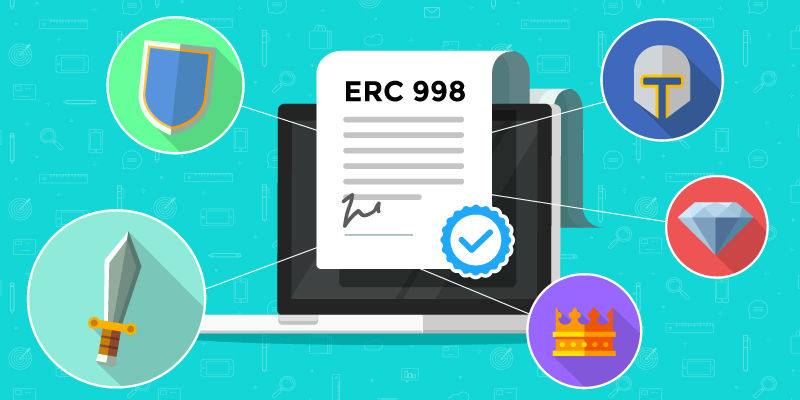
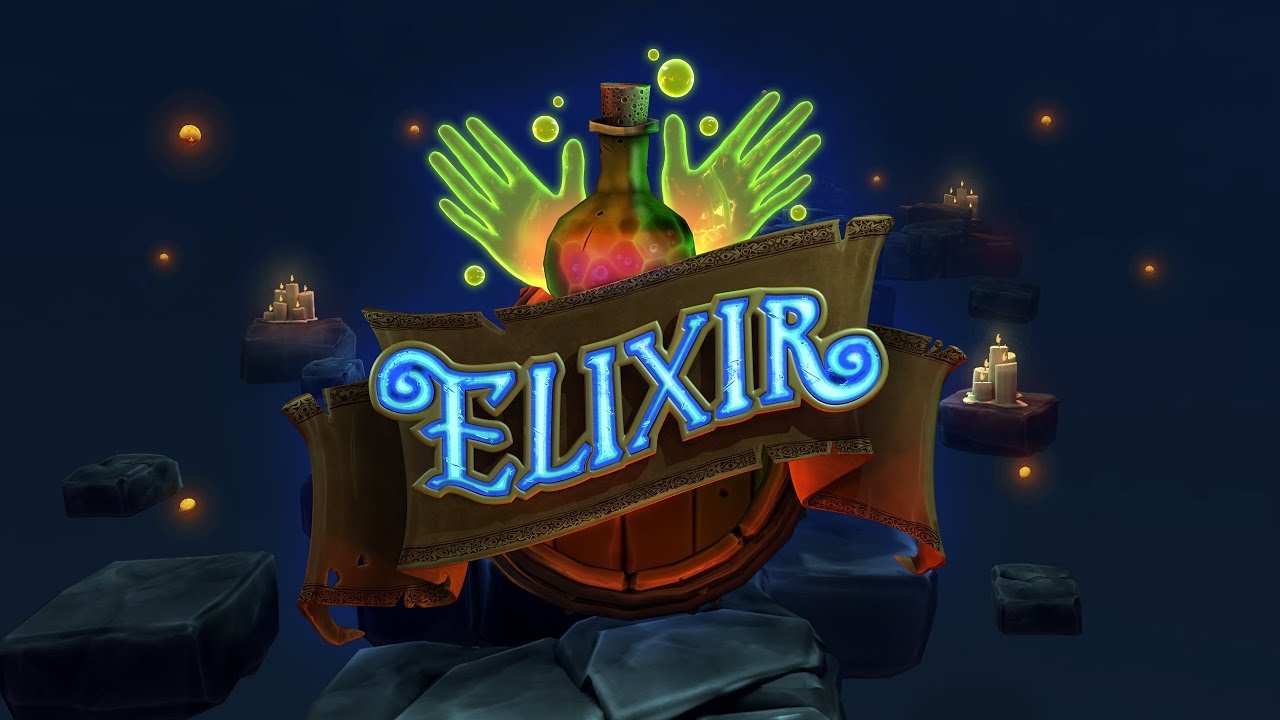
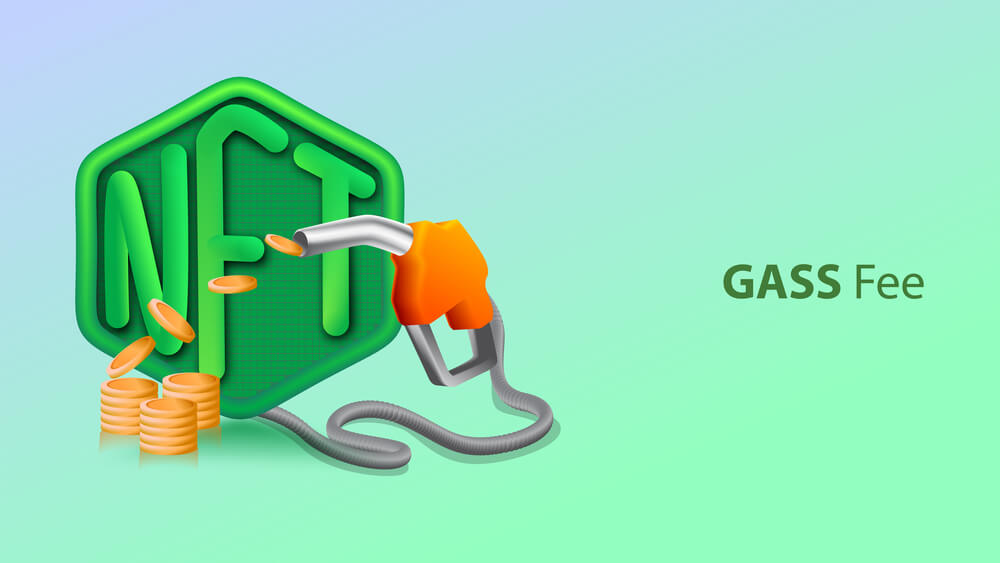
My brother suggested I might like this blog. He used to be totally right.
This put up truly made my day. You cann’t consider simply how much time I had spent for this info!
Thanks!